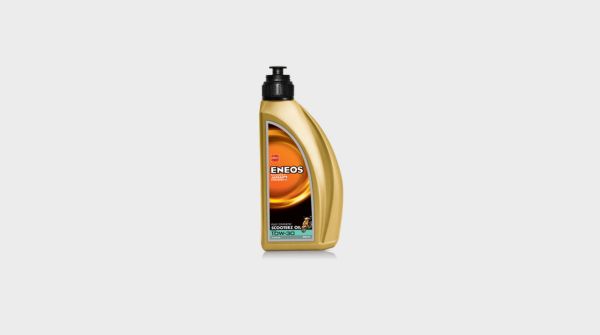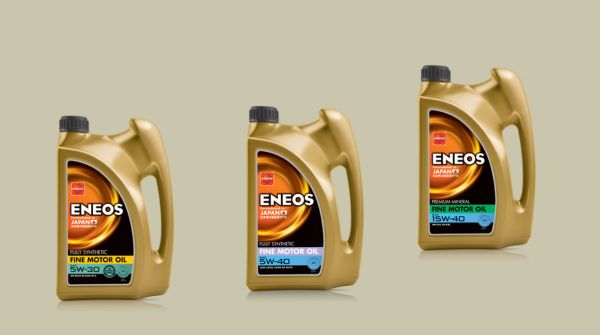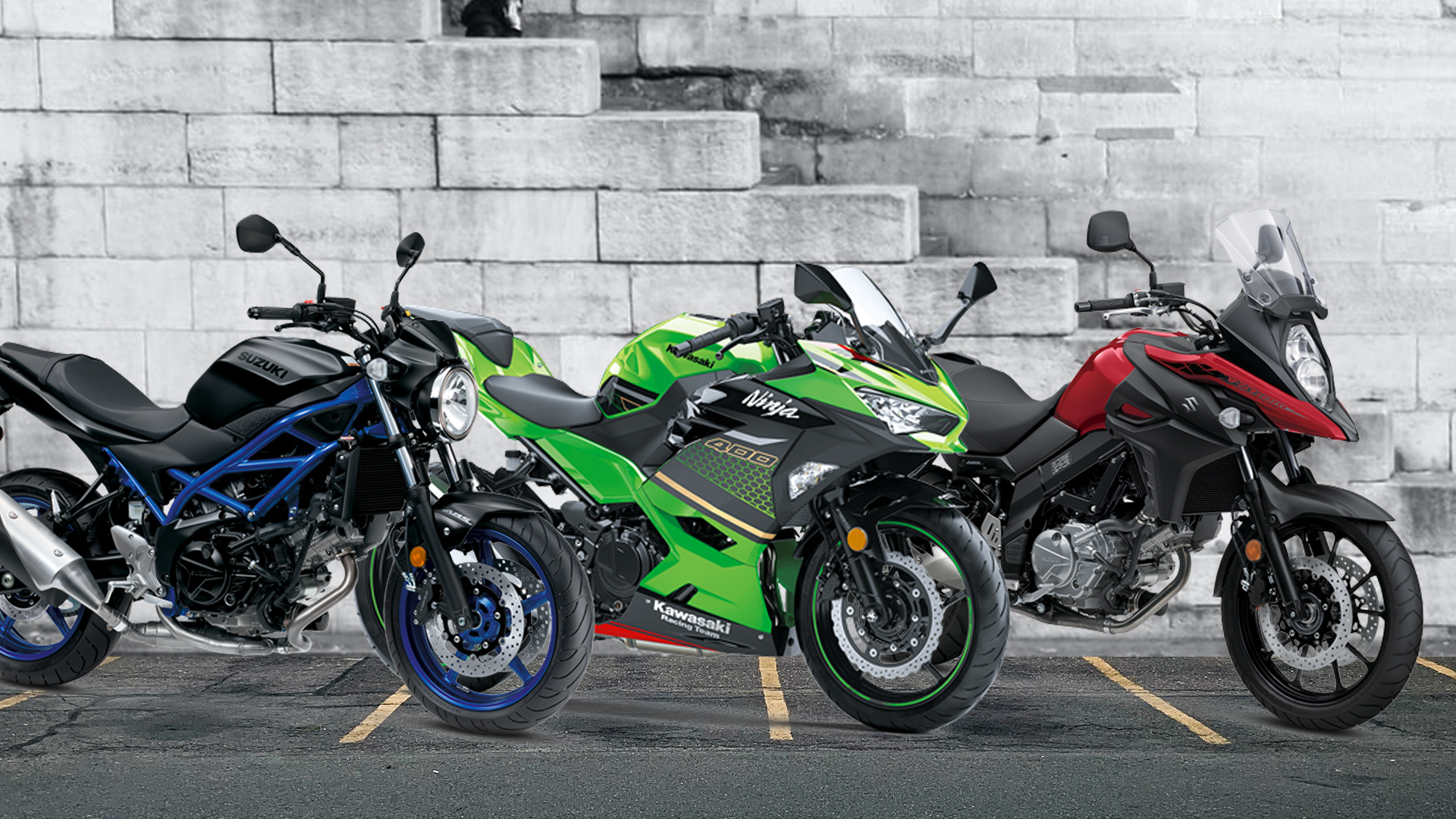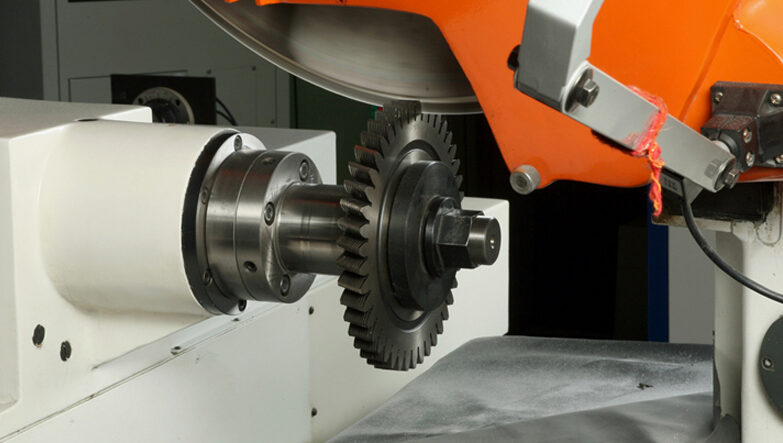For many, riding a Harley-Davidson is more than just an activity; it’s a powerful statement of freedom, individuality, and rebellion against the mundane. The rumble of the engine, the wind against your face, and the endless road ahead are exhilarating, but with this freedom comes the responsibility of safety. Enter the world of Harley-Davidson helmets—a blend of uncompromised protection, style, and a nod to the rebellious spirit that defines the Harley rider. In this post, we will explore the essential features of these helmets, why the low profile design has become a favorite among riders, and how to choose the perfect helmet to complement your ride.
1. The Evolution of Harley-Davidson Helmets: From Function to Fashion
The history of Harley-Davidson helmets mirrors the evolution of motorcycle culture itself. In the early days, helmets were purely functional, designed solely for protection without much consideration for comfort or style. However, as Harley-Davidson motorcycles became synonymous with a certain lifestyle, the helmets evolved as well. They became symbols of identity, where function met fashion in the most critical way.
Low profile helmets, in particular, emerged as a game-changer. These helmets are designed to sit lower on the head, offering a snug fit without the bulkiness associated with traditional designs. The result is a sleek, streamlined look that doesn’t compromise on safety. Riders no longer had to choose between looking good and staying safe—the low profile helmet provided both.
2. The Anatomy of a Low Profile Harley Helmet
Understanding the anatomy of a low profile Harley helmet can help you appreciate why it’s such a popular choice among riders. Here’s a breakdown of what makes these helmets stand out:
- Fiberglass Shell: The exterior of a low profile helmet is typically made from a fiberglass shell, which is lightweight yet incredibly strong. This material absorbs impact effectively, providing crucial protection in the event of a crash.
- EPS Impact Foam: Inside the helmet, EPS (Expanded Polystyrene) foam plays a vital role in cushioning the head against impacts. This foam is designed to compress upon impact, reducing the force that reaches the skull.
- Genuine Leather Trim: Many low profile helmets feature genuine leather trim, which adds a touch of luxury while enhancing the overall durability of the helmet. Leather is not only stylish but also resistant to wear and tear, ensuring your helmet stands the test of time.
- Ventilation System: Riding a Harley-Davidson isn’t just about short rides—it’s about the long haul. A good ventilation system is essential to keep you cool and comfortable, especially during extended rides in hot weather. Low profile helmets often come equipped with strategically placed vents that allow for optimal airflow.
- DOT Certification: Safety is paramount, and all Harley-Davidson helmets, including low profile designs, must meet the Department of Transportation (DOT) standards. This certification guarantees that the helmet has passed rigorous testing for impact resistance, penetration resistance, and retention system effectiveness.
3. Why Low Profile Helmets Are a Rider’s Best Friend
Riders who choose low profile helmets do so for a variety of reasons that go beyond just aesthetics. Here’s why these helmets have become a must-have for Harley enthusiasts:
- Reduced Wind Resistance: The streamlined design of low profile helmets significantly reduces wind resistance, making for a smoother ride. This is particularly beneficial on highways where high speeds can turn a bulky helmet into a source of discomfort.
- Less Wind Noise: Along with reducing wind resistance, the snug fit of a low profile helmet also minimizes wind noise. This means you can enjoy the roar of your engine without the constant buzzing in your ears, allowing for a more immersive riding experience.
- Enhanced Comfort: Long rides can take a toll on your neck and shoulders, especially if your helmet is heavy or poorly balanced. Low profile helmets are designed to be lightweight, with an even distribution of weight that reduces strain during long rides.
- No Mushroom Head: One of the most common complaints among riders is the “mushroom head” effect caused by bulky helmets. Low profile helmets sit closer to the head, offering a sleek look that complements your style without making you look like a bobblehead.
4. Choosing the Right Harley Helmet: What to Consider
When it comes to selecting the perfect Harley helmet, there are several factors to consider. Here’s a guide to help you make the best choice:
- Fit: The fit of your helmet is crucial for both comfort and safety. Measure the circumference of your head to ensure you select the right size. The helmet should fit snugly without being too tight, and there should be no gaps between your head and the interior padding.
- Riding Style: Consider your typical riding conditions. If you often ride at high speeds on highways, a low profile helmet with reduced wind resistance is ideal. For those who prefer cruising through town, an open-face design might offer the freedom you desire.
- Safety Features: Always check for DOT certification to ensure your helmet meets safety standards. Additional safety features, such as reinforced chin straps and impact-absorbing liners, can provide extra protection.
- Aesthetic Appeal: While safety is paramount, your helmet is also an extension of your style. Choose a design that reflects your personality and complements your Harley-Davidson motorcycle.
5. Harley Helmet Myths Debunked
There are several myths surrounding motorcycle helmets, and it’s important to separate fact from fiction. Let’s debunk some of the most common misconceptions:
- Myth 1: “Helmets Restrict Your Vision.”
- Fact: Modern helmets are designed with wide visors that provide an excellent field of vision. Low profile helmets, in particular, are crafted to offer maximum visibility without sacrificing protection.
- Myth 2: “Helmets Cause Neck Injuries.”
- Fact: Helmets are specifically designed to protect your head and neck. In fact, wearing a helmet significantly reduces the risk of head and neck injuries in the event of an accident. The lightweight construction of low profile helmets further minimizes any strain on your neck during long rides.
- Myth 3: “Expensive Helmets Are Always Better.”
- Fact: While higher-priced helmets often come with additional features, the most important factor is whether the helmet meets safety standards. A DOT-certified helmet, regardless of price, provides the necessary protection. However, investing in a helmet with advanced features like better ventilation, premium materials, and a stylish design can enhance your overall riding experience.
6. The Role of Helmets in the Harley-Davidson Community
In the Harley-Davidson community, helmets are more than just protective gear—they’re a symbol of the rider’s identity. From the choice of helmet style to the way it complements your motorcycle, your helmet is a statement of who you are as a rider. Many Harley riders customize their helmets with decals, patches, and other personal touches to make them unique. This personalization is a reflection of the individuality and freedom that the Harley-Davidson brand represents.
7. Maintenance Tips for Your Low Profile Harley Helmet
To ensure your helmet lasts for years to come, proper maintenance is key. Here are some tips to keep your helmet in top condition:
- Regular Cleaning: After every few rides, clean the exterior of your helmet with mild soap and water. Avoid using harsh chemicals that could damage the finish. For the interior, remove the padding and liners and wash them according to the manufacturer’s instructions.
- Inspect for Damage: Before each ride, inspect your helmet for any signs of damage, such as cracks, dents, or frayed straps. Even minor damage can compromise the helmet’s ability to protect you in an accident.
- Proper Storage: When not in use, store your helmet in a cool, dry place away from direct sunlight. Prolonged exposure to UV rays can weaken the helmet’s materials over time.
- Replace When Necessary: Helmets have a lifespan, typically around 5 years. If your helmet has been involved in a significant impact or shows signs of wear and tear, it’s time to invest in a new one.
Conclusion: Embrace the Ride with Confidence
Your helmet is one of the most important investments you’ll make as a Harley-Davidson rider. The low profile Harley helmet offers the perfect combination of safety, style, and comfort, ensuring that every ride is both thrilling and secure. Whether you’re cruising through city streets or embarking on a cross-country adventure, wearing a high-quality harley helmet is essential.
By choosing a low profile Harley helmet, you’re not just protecting yourself; you’re embracing the Harley-Davidson legacy of freedom and individuality. So gear up, hit the road, and ride with the confidence that you’re well-equipped for whatever the journey brings.











